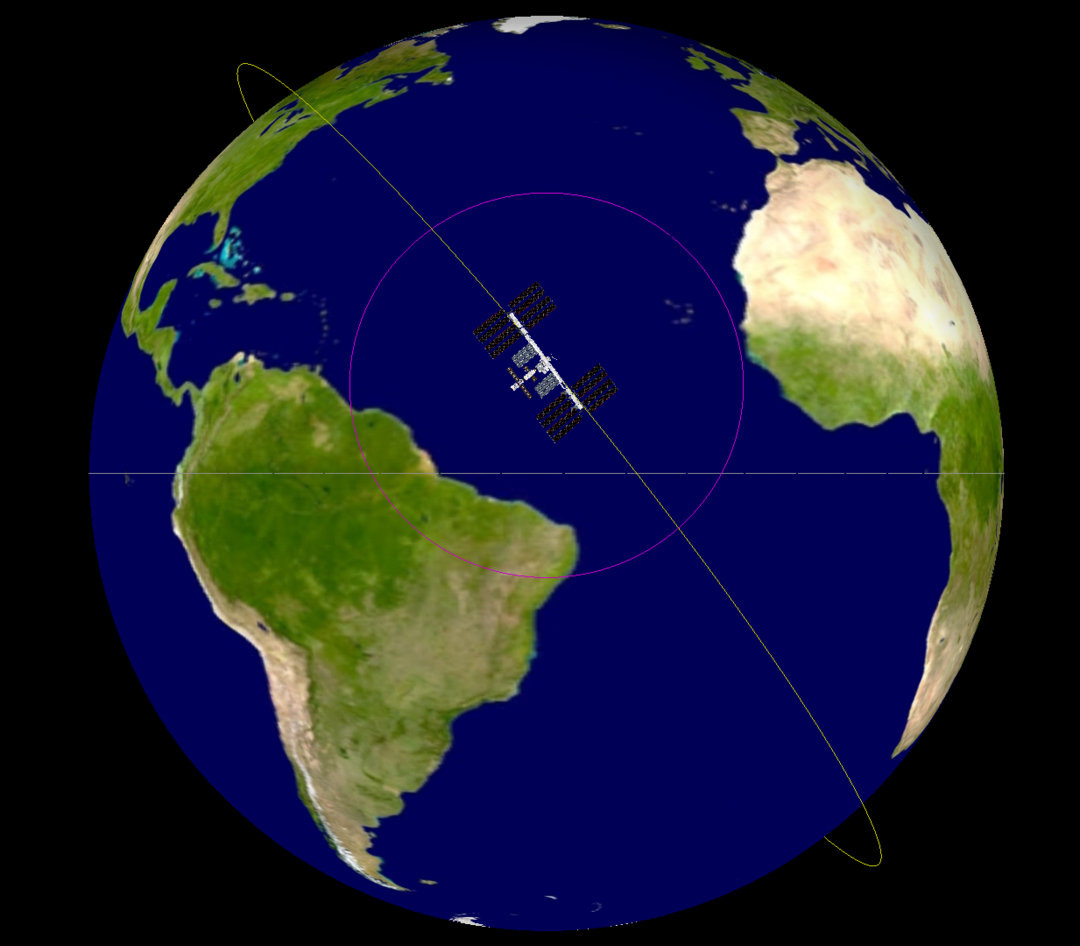Possible collision with space junk
We got a radio call from my gardener’s Gardener at 03:50 that woke everyone from a deep Saturday morning sleep. A piece of space junk, an old rocket body, was on a possible collision course with our spaceship. All hands on alert; we had to prepare for an emergency evacuation. The chance of a collision was small but would be devastating so we must be prepared. As a precaution, we closed every hatch on our spaceship leading up to where our escape capsule was docked. This took about half an hour. When closing the last hatch leading from the Laboratory module, I volunteered to stay behind with Sunflower and Broccoli. We are standing tall, ready to do our job. Somebody has to stay behind to take care of the spaceship. With all the hatches closed and the ventilation turned off, it became real quiet, and stuffy too. In weightlessness, there is no buoyancy driven convection thus the cabin air remains stagnant. The droning of fans operating 24 hours a day are required to keep the air stirred and of uniform composition. I have heard Gardener say that when working behind a rack or some confined place where there is no circulation, a pocket of carbon dioxide can build up and give him a headache. Sometimes he will set up a small portable fan when working in such a place. He should take Sunflower, Broccoli, or me with him and perhaps he would not need the fan. Thus sealed in the Laboratory module for the collision safe haven, there was no air movement of any kind and we felt the oxygen building up around our leaves. If this lasted too long we might suffocate for lack of carbon dioxide. The space junk passed without hitting us. When my crew opened the hatch and ventured back into the space station, we were able to greet them with a small breath of fresh air.
